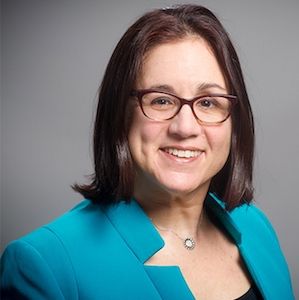Article
The Deciding Factors Associated with Having Children When Living with SCD or SCT
Author(s):
This study evaluates the likelihood that young adults with sickle cell disease or sickle cell trait will have a child or expand their family.

Investigators, led by Dalal S Aldossary, Department of Biobehavioral Nursing Science, College of Nursing, University of Florida, conducted a study that examined the characteristics associated with the perceived likelihood to become parents among young adults with sickle cell disease (SCD) or sickle cell trait (SCT) in the US.
The study gave insight to the sociodemographic and clinical characteristics that are important to this population as they decide whether or not to begin or expand their families.
Main factors associated with the perceived likelihood to become a parent included income and being influenced by others.
As for those associated with a less perceived likelihood to become a parent, having 2 or more children and being insured were deciding factors.
Filling in the Gaps
According to investigators, there are limited research studies that examine the likelihood of young adults with sickle cell disease or sickle cell trait to become parents.
“Qualitative and descriptive research findings point to the importance of knowledge and beliefs that could affect young adults with SCD or SCT making informed reproductive decisions,” investigators wrote.
The focus for this study was to explore the effect of clinical characteristics (perceived SCD severity and treatment with hydroxyurea) as well as sociodemographic characteristics (sex, marital/partnership status, participant sickle cell genotype, education, employment, having insurance, number of children, partner sickle cell status, having relative with SCD, age, income, and influenced by others) on the perceived likelihood for a young adult in this population to become a parent.
What is the likelihood?
Young adults that already have 2 or more children were associated with the perceived likelihood to have another child based on 1 characteristic–being influenced by others.
Comparatively, young adults who have 1 child or no children were associated with the perceived likelihood to become a parent based on 4 characteristics–their sickle cell genotype, employment, having insurance, and being influenced by others,
According to investigators, this evaluation is preliminary since they had a small sample size in the subgroup analysis, particularly regarding the group of individuals with 2 or more children.
While these new findings could assist providers in guiding their patients as they make reproductive decisions, ideally, additional analyses with a larger sample size will follow this examination of the sociodemographic and clinical characteristics associated with likely-to-parent.
About the Participants
Existing data were analyzed for this cross-sectional exploratory analysis from the baseline visit of a longitudinal trial comparing the effects of a reproductive health intervention or usual care on reproductive knowledge, intentions, and behaviors.
Participants were initially recruited from pediatric and adult sickle cell clinics in Chicago, as well as community organizations, public settings, and online for the purpose of the original 2-year longitudinal trial.
The sample of participants included 234 young adults, aged 18-35 years, with sickle cell disease or sickle cell trait, who spoke english and had the capacity and intent to have children in the future.
The multiple regression analysis that was utilized found that having 2 or more children, or being insured were predictors of less likely-to-parent, whereas income and influence by others were predictors positively associated with more likely-to-parent, according to investigators.
“To the best of our knowledge, we are the first to examine sociodemographic and clinical characteristics predicting the perceived likelihood of young adults with SCD or SCT to become parents,” investigators wrote.
This study, “Characteristics associated with the perceived likelihood to become parents among young adults with sickle cell disease or sickle cell trait in the USA”, was published in National Society of Genetic Counselors.





